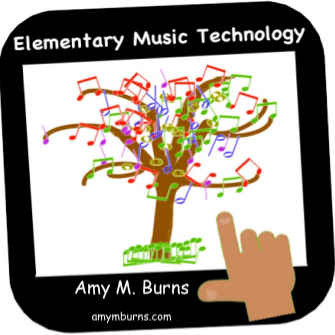Silent Night Ukulele Play-Along with C, F, G, and Amin Chords
At this time of year, many elementary music educators are preparing for a holiday concert or can address holidays in their general music classrooms. This ukulele play-along includes the song Silent Night, by Gruber and Mohr. Though not everyone can include this song in their curriculum, if you can, this is an intuitive play-along for the ukulele using the chords C, F, G, and A min. Check out below to see how I approach this in my music classroom!






How To Teach This Play-Along
Beginning with One Chord
When I teach a ukulele play-along video, I begin with one chord. In this selection, the C Chord naturally fits as the first chord to perform in the song. I review the chord using the free images found at Ukulele Buddy (https://www.ukulelebuddy.com/free-ukulele-chords.html). Once they have mastered playing the chord, we view the score (you can grab the image here or go 10 seconds into the video) and count how many times a C Chord appears and then how many times they will strum it (many times). We then perform with the play-along video.
Learning the F Chord
The second chord that would naturally fit in the students’ learning styles is to learn the F Chord. Once they master it, we view the score and count how many times the F Chord appears and how many times they will strum it. We then perform just the F Chord with the play-along video.
Leveling Up With Two Chords
What I love about the ukulele is that you can level up the performance for those who are ready for the challenge. During this class, I will give the students a choice to play just the C Chord when it appears, just the F Chord, or try to play both chords during the song. I adore hearing how the students make their choices. We then perform with the play-along video and students will reflect on how they did and if they wanted to challenge themselves further.
Learning the G Chord
We will continue with learning the G Chord and playing just that chord with the play-along video
Leveling Up With Three Chords
The students can now choose whether to play one, two, or three chords. Many students will also ask about the A min chord, which will be introduced in the next class.
Learning A min
At this point, many students will find joy in the fact that A min seems to be more intuitive to learn and play than the F or G Chords. We will now play the song with C and A min, since A min appears only once (twice when counting the repeat).
Leveling Up With Four Chords
The students can now choose whether they would like to perform one to four chords during the play-along video. The end results are that all chords are being played, with the C Chord having the fullest sound because most of the students have chosen to play at least that chord. Since it is the tonic chord, it sounds very good when that is the fullest-sounding chord.
Coming Soon!
I hope that you enjoy this play-along video. Coming soon is a two-part recorder descant and a Nutcracker rhythm and body percussion play-along. Stay tuned and have a wonderful holiday long weekend!


